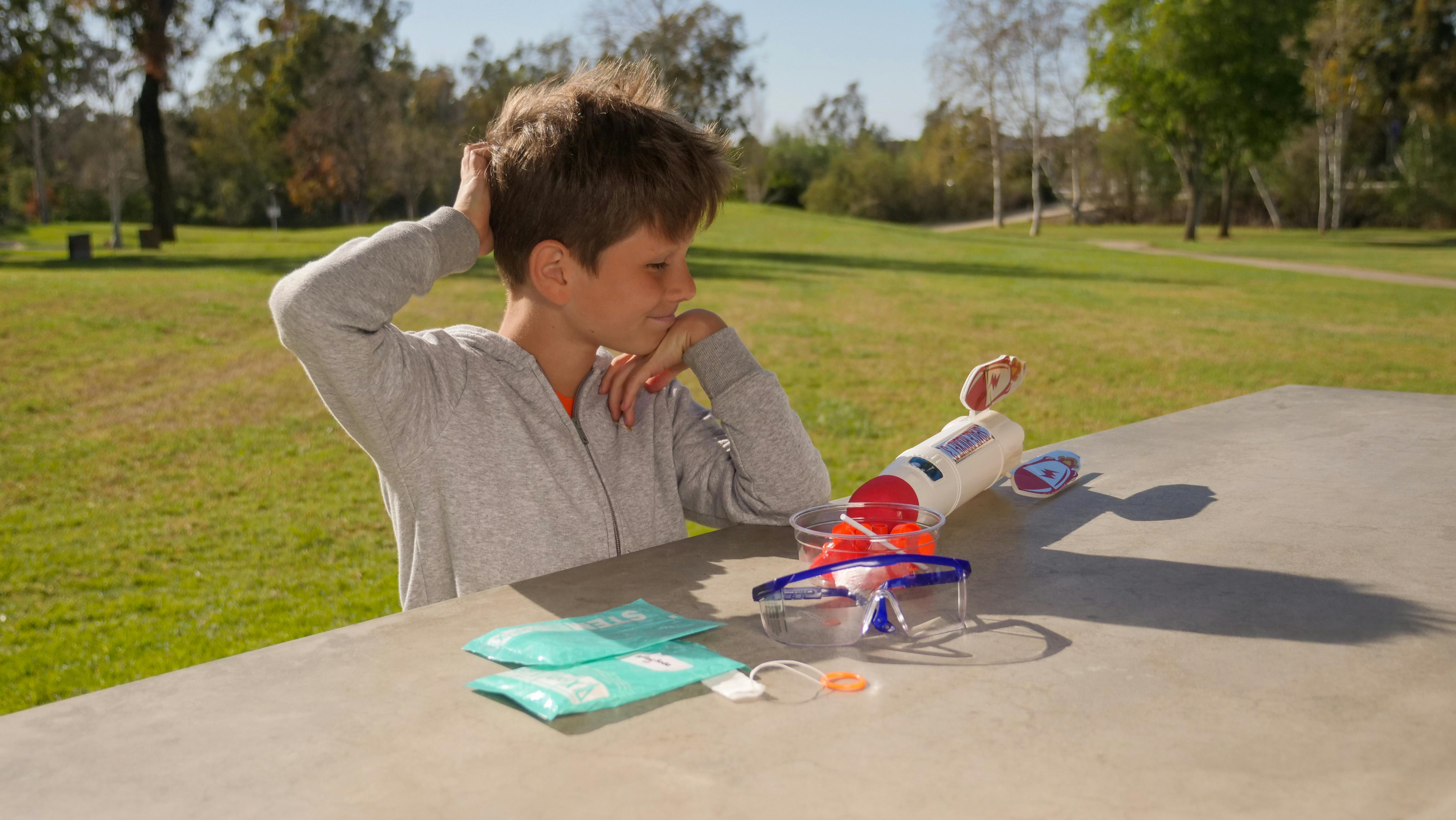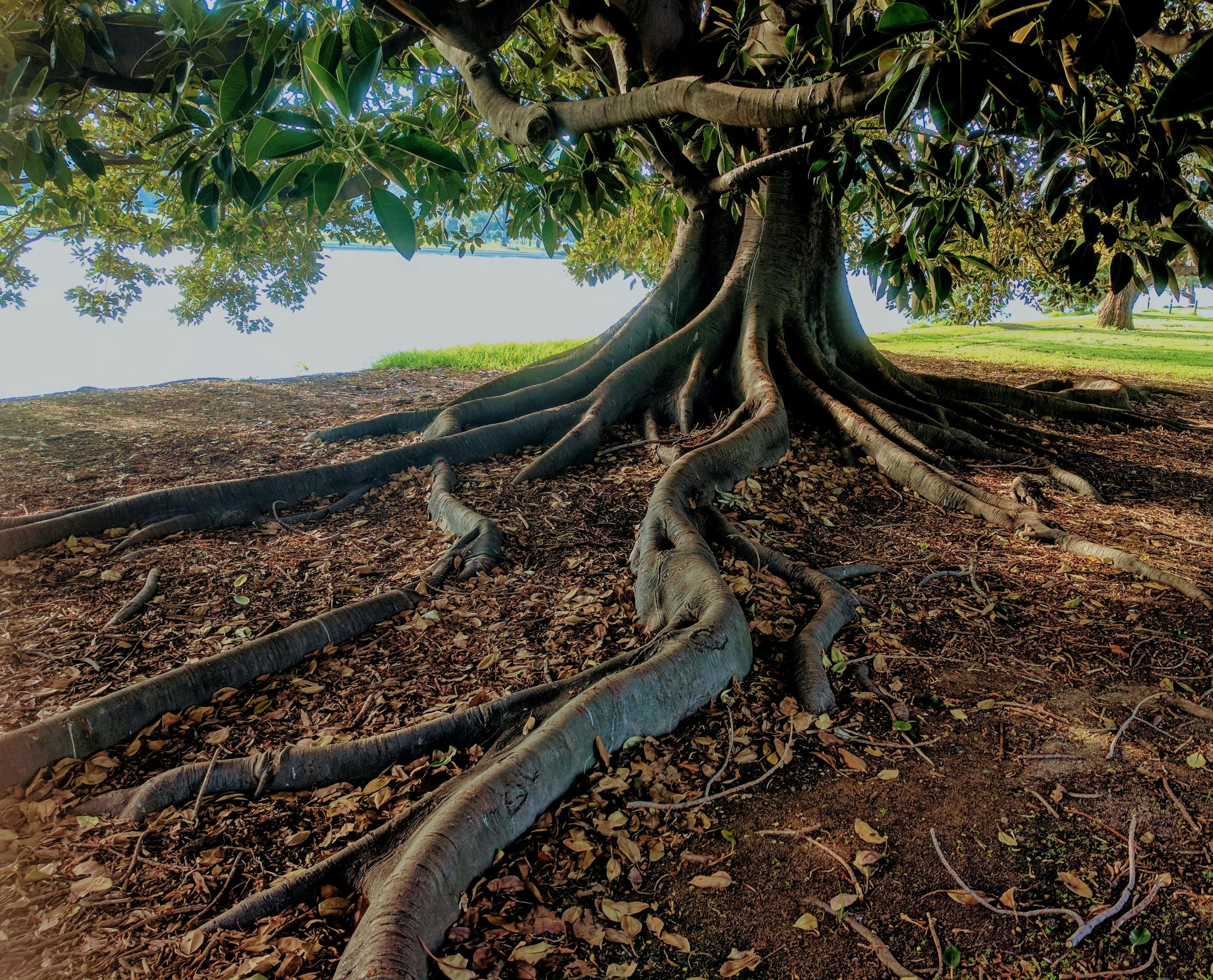Flooding is inevitable in Jakarta, and no area seems immune to the recent ‘flash’ floods that have affected even the most prosperous areas of the city. So how to beat these floods?
Indonesians are very adaptable people and find a solution on their own, instead of waiting and getting stuck in a flooded area. So they just kick off their shoes, roll up their pants or jeans, and walk through the water, casually walking through the least flooded part of the streets.
Drivers have a different solution, they park on the higher ground, wait, and if the flooding gets worse, they lock their car and join the slow, meandering lines of people wading through the water.
Some drivers take the risk and drive through floodwater, a possibility that can end up with their car stuck in the middle of the water, but also a ‘chance’ to be able to push their way through the flood. SUV owners love this challenge and are always taking chances.
I have a flood survival kit, after being trapped one too many times, in many flash floods. So, armed with a patient smile and a small backpack containing an umbrella, a pair of rubber gloves, a pair of waterproof military pants, an extra T-shirt, a small towel, and several small waterproof bags to store my cell phone, iPod, and wallet. dry, I fight my way out of them.
After being stuck in floods twice, once for 11+ hours in Java, now I wait for about an hour, if the rains don’t stop and the water keeps rising, I’ll follow the line of people slowly meandering out of the area flooded. . Then find a way to get back home or to the office.
I found out last Friday that this flood-fighting attitude doesn’t always work, flooding can partially affect areas, which means that main roads can be cut in places and temporary islands form around dry areas.
One way to judge this is to watch the traffic, if there is no traffic in a city known for its traffic, it means that the road has been closed. Traffic arriving from one lane means that only that lane is free from flooding, and only the largest buses and trucks go through any road, meaning nothing else can get through.
Then there’s another problem, if it’s still raining and you’re in a dry spot on the road, there’s no guarantee you’ll be able to get a ride, or even wait in a roadside restaurant, internet cafe, or even a hotel room, if things are getting really bad. Often parts of a road are dry, but the surrounding homes and businesses are in the process of flooding or are inundated.
So what are you doing, stuck on an island of dry land, which used to be a main city road, with incessant rain?
The Indonesians have a unique answer: stop a passing container truck and jump over any available space it has. Forget about the taxis that take chances, need the fare and usually end up circling you, looking for a way out. These trucks go through most flooded areas and get you closer to your home, where you can jump off and walk home.
Last week I saw a JCB picking up passengers, the driver was happily sitting with his wife and two children sitting around his seat. Obviously, the driver had come to the rescue of his stranded family and then decided to earn a little extra money, picking up passengers.
Flooding is no longer funny in Jakarta, and when the city’s main business district is affected and the only main road to the airport is closed. Things shut down, descending into orderly chaos, where ordinary Indonesians quickly adapted and found a solution, even if it’s very uncomfortable.
Neither is Jakarta or Indonesia, the only country that has flood problems, other countries have the same problem, including developed countries like Australia and the United States. But Indonesia does not have enough resources to deal with the floods.
There is no ready supply of helicopters or rescue boats. The city’s rivers are not dredged, because the city does not have enough dredgers. Therefore, people have to improvise and find a solution on their own, with whatever resources are at hand.
In 2007, the “great flood“It arrived in Jakarta, and for two weeks, the city groaned under the stress of almost two weeks of flash flooding, leaving many areas of the city under a meter of water. Some areas were effectively ‘abandoned’ for days, but then came the Jakarta Miracle.
There were no reports of looting, and the city’s population calmly accepted the flooding, without the chaos seen in other cities around the world, such as New Orleans.
But everyone here must be thinking: Will the rainy season flooding ever stop?




